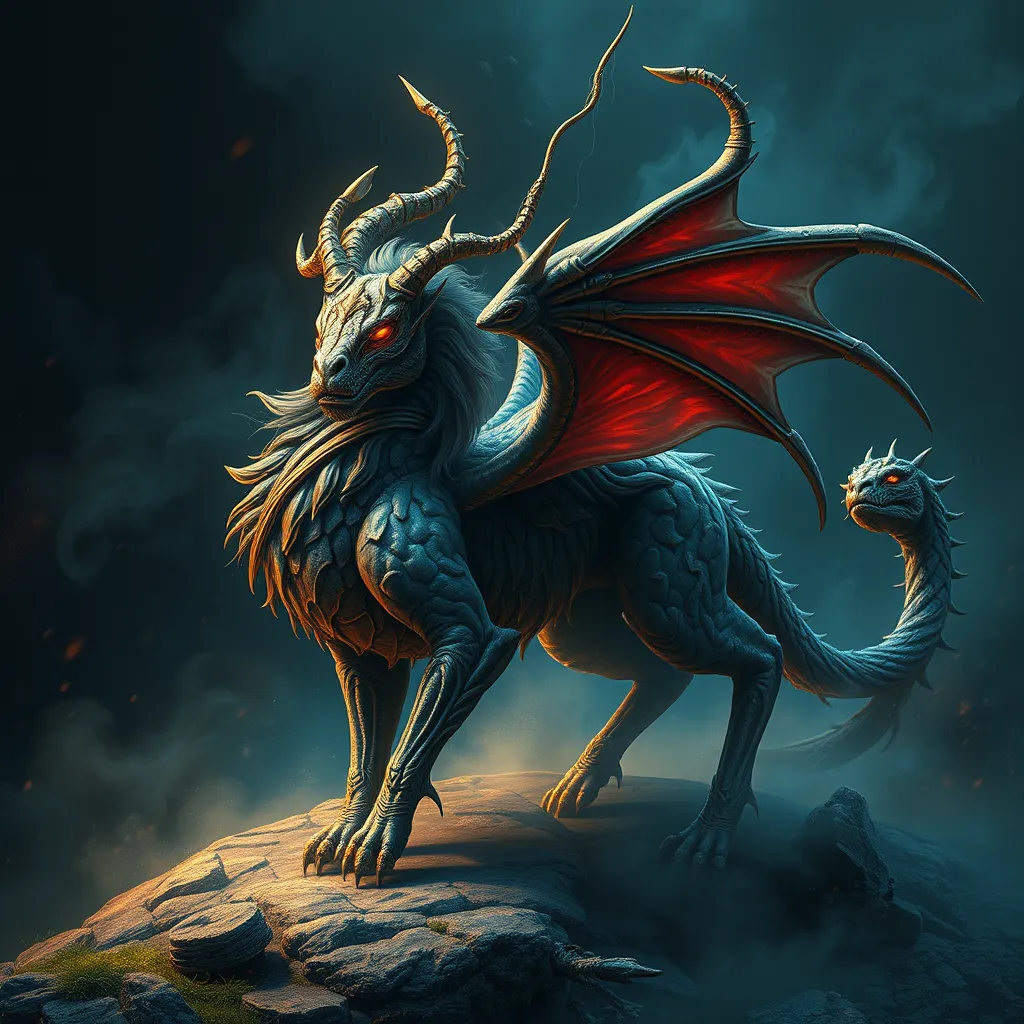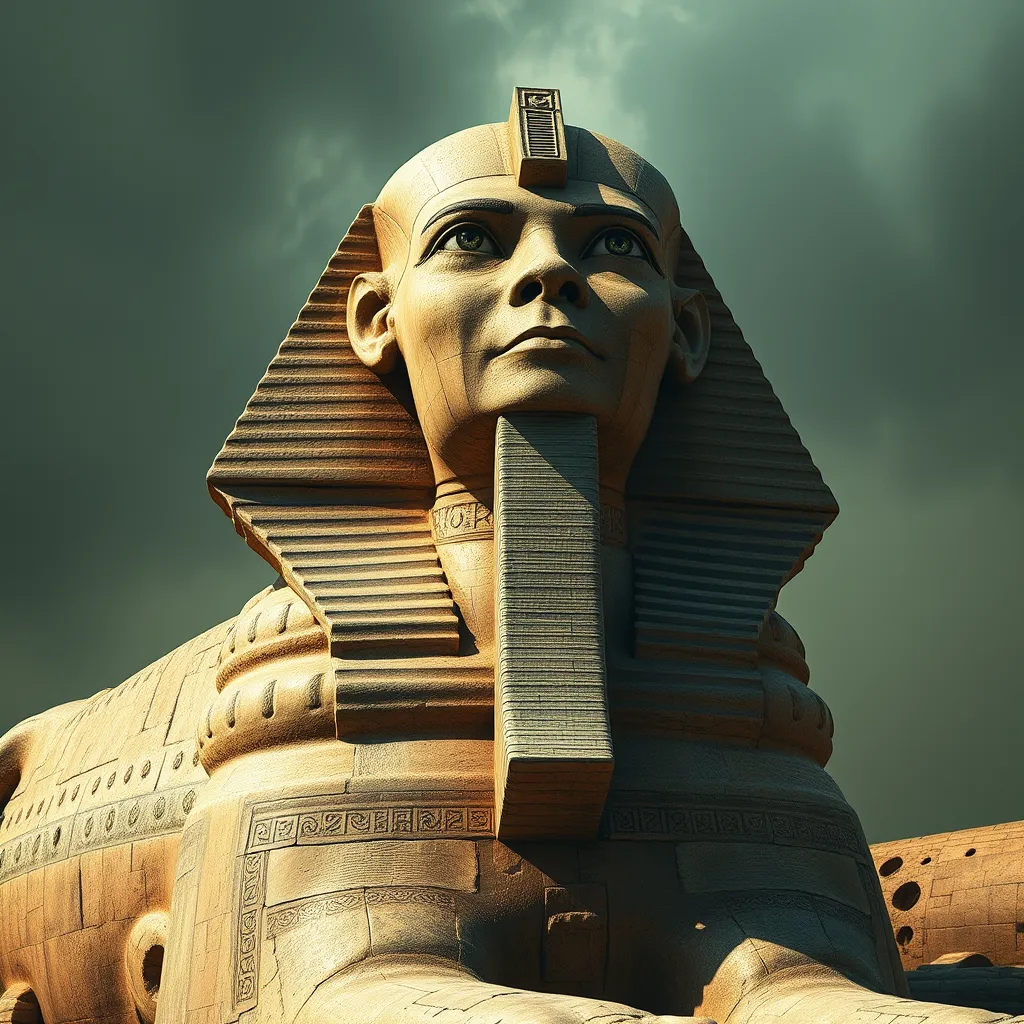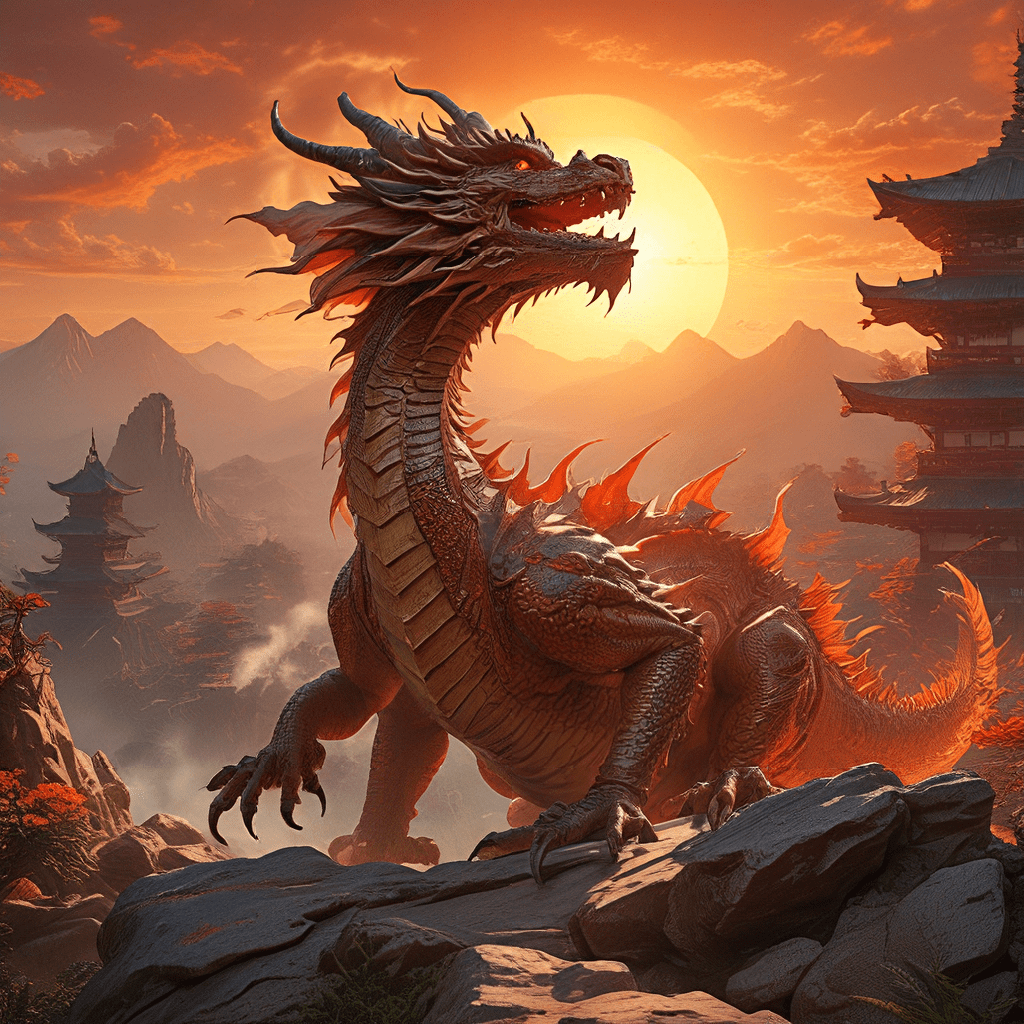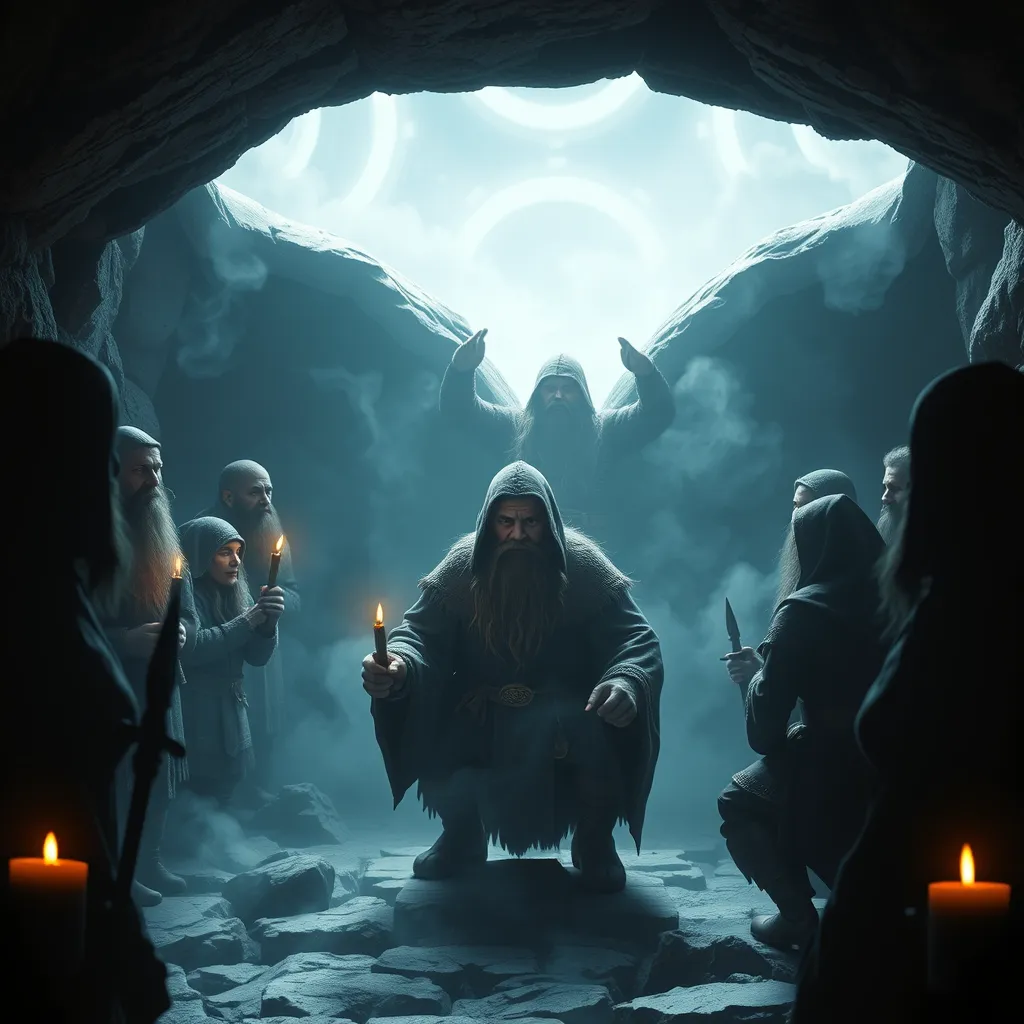The Chimera in Slavic Mythology: The Zmey and Other Mythical Beasts
I. Introduction
In mythology, a chimera is often depicted as a monstrous creature composed of parts from various animals, symbolizing the fear of the unknown and chaos. This term, however, can also encompass a variety of mythical beings that embody different attributes and serve various symbolic purposes within cultural narratives.
Slavic mythology, rich in folklore and oral traditions, provides a fascinating glimpse into the beliefs and values of Slavic peoples. It features a wide array of mythical creatures, each holding significance in the cultural consciousness. Among these, the Zmey, often translated as “dragon,” stands out as a central figure, embodying both terror and wisdom.
II. The Zmey: Characteristics and Symbolism
A. Description of the Zmey (dragons) in Slavic folklore
The Zmey is commonly depicted as a large, serpentine creature, often with multiple heads and the ability to breathe fire. Its terrifying appearance is complemented by a cunning and intelligent nature, making it a formidable opponent in the tales of heroes.
B. Variations of the Zmey across different Slavic cultures
- Zmey Gorynych: A three-headed dragon known for its fierce battles against heroes.
- Vodyanoy: A water spirit often associated with the Zmey, controlling aquatic domains.
- Rusalka: A creature linked to water and forests, illustrating the interconnectedness of Slavic mythological beings.
C. Symbolic meanings associated with the Zmey
The Zmey symbolizes a range of concepts, including:
- Chaos and Evil: Often portrayed as the antagonist in stories, representing chaos.
- Wisdom and Knowledge: In some tales, the Zmey possesses knowledge and secrets that heroes seek.
- Transformation: Representing the struggle between good and evil and the journey of transformation.
III. Origins of the Zmey in Slavic Mythology
A. Historical context and early references
The origins of the Zmey can be traced back to ancient Slavic tribes, where oral traditions began to solidify into written accounts. Early records, such as those found in the Primary Chronicle, mention dragon-like creatures, indicating their significance in early Slavic culture.
B. Influence of neighboring mythologies on Slavic dragon tales
Slavic mythology did not develop in isolation; it was influenced by neighboring cultures, particularly the Greek and Norse mythologies. The dragons in these traditions influenced the characteristics and narratives surrounding the Zmey, blending different attributes into the Slavic context.
C. Evolution of the Zmey from ancient times to modern interpretations
As Slavic societies evolved, so did the portrayal of the Zmey. In ancient tales, the Zmey was primarily a creature of chaos, but modern interpretations often explore its complexity—viewing it as a guardian of treasures or a misunderstood being rather than a mere villain.
IV. Other Mythical Beasts in Slavic Folklore
A. Overview of notable creatures (e.g., Leshy, Baba Yaga)
Slavic folklore is replete with various mythical beings, each with unique characteristics:
- Leshy: The forest spirit, protector of the woods and creatures, often depicted as a playful trickster.
- Baba Yaga: The infamous witch who lives in a hut on chicken legs, embodying both wisdom and menace.
- Domovoy: A household spirit, representing domesticity and family protection.
B. Comparisons between the Zmey and other beasts
While the Zmey is often a villain, other creatures like Baba Yaga can serve dual roles as both helpers and hindrances, illustrating the nuanced portrayals of good and evil in Slavic folklore.
C. The role of these creatures in Slavic stories and morals
These beings often serve as moral lessons or reflections of human nature. For example, the Zmey’s defeat by a hero may symbolize the triumph of good over evil, while Baba Yaga’s tests of character highlight the importance of wisdom and resilience.
V. The Role of the Zmey in Slavic Epics and Legends
A. Iconic tales featuring the Zmey
Many Slavic epics feature the Zmey as a central antagonist. One of the most famous tales is that of Zmey Gorynych, where a brave hero confronts the dragon to rescue a princess, showcasing the classic hero vs. monster narrative.
B. Analysis of hero vs. monster narratives
These stories often reflect deeper themes of courage, sacrifice, and the struggle against oppressive forces, making the Zmey a symbol of the challenges heroes face in their quests.
C. Cultural significance of these stories in Slavic tradition
These narratives serve as a means of passing down cultural values and historical experiences, reinforcing community bonds and shared identity among Slavic peoples.
VI. Modern Interpretations and Representations
A. Depictions of the Zmey in contemporary literature and media
Today, the Zmey appears in various forms of media, from literature to film, often reimagined as complex characters rather than mere villains. This shift in portrayal reflects changing societal values and interests.
B. Shifts in perception and symbolism in modern culture
Modern interpretations may depict the Zmey as a misunderstood creature, allowing for themes of redemption and understanding, mirroring contemporary societal discussions about identity and acceptance.
C. Influence of globalization on Slavic mythical creatures
Globalization has led to a blending of cultural narratives, with Slavic mythical creatures gaining recognition worldwide. This exposure has allowed for new interpretations and adaptations, fostering a renewed interest in Slavic folklore.
VII. The Zmey in Art and Popular Culture
A. Artistic representations through history
The Zmey has been a popular subject in various forms of art, from traditional paintings to modern sculptures, often capturing its fearsome beauty and symbolic significance.
B. The Zmey in film, video games, and other media
In modern entertainment, the Zmey features prominently in films and video games, often serving as a powerful adversary or a wise mentor, reflecting its dual nature in contemporary storytelling.
C. Cultural festivals and events celebrating Slavic mythology
Various festivals and events celebrate Slavic mythology, often featuring the Zmey in performances, parades, and storytelling sessions, reinforcing its cultural significance and allowing for communal engagement with heritage.
VIII. Conclusion
The Zmey holds a vital place in Slavic mythology, representing not only chaos and danger but also wisdom and transformation. Its narratives serve as a reflection of the human experience, illustrating the eternal struggle between good and evil.
As we explore the rich tapestry of Slavic folklore, it becomes clear that mythical beasts like the Zmey continue to resonate in today’s world, offering insights into our values, fears, and aspirations.
In a rapidly changing cultural landscape, the preservation of Slavic folklore remains crucial, allowing future generations to connect with their heritage and understand the profound significance of these timeless tales.




